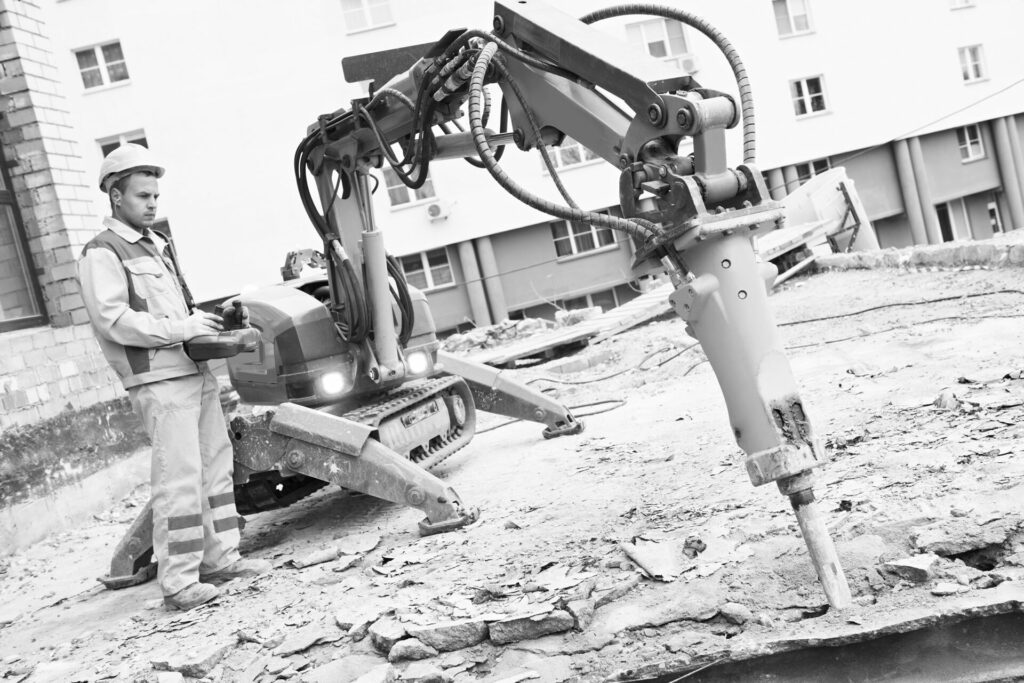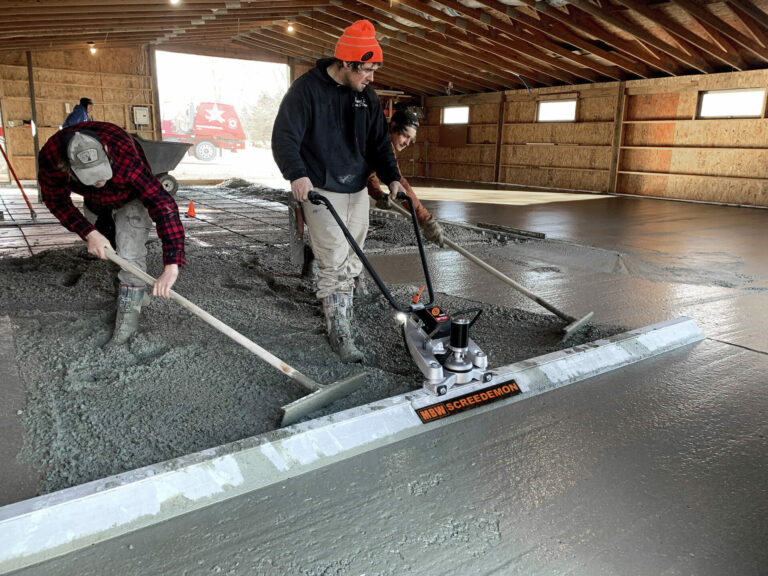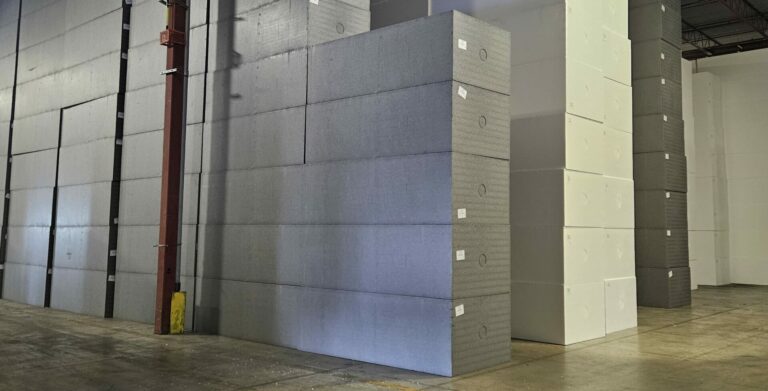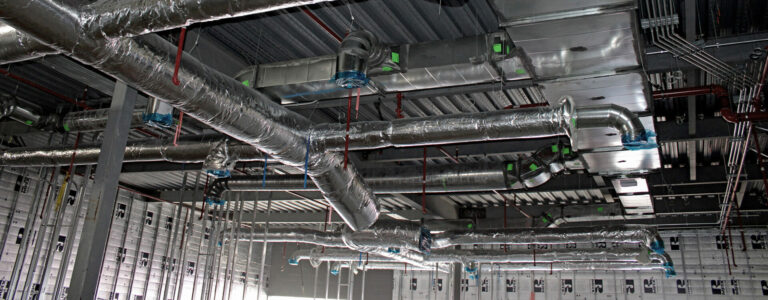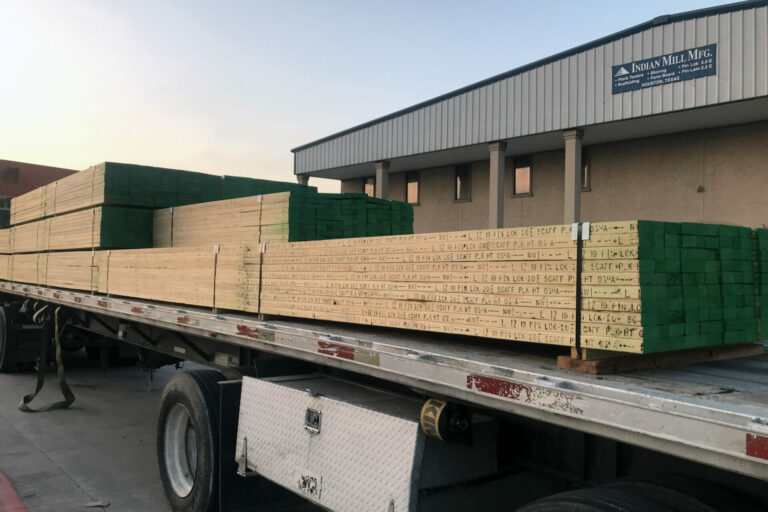The construction landscape is an ever-changing one. From design and planning right through breaking ground and completion, companies are always mindful of the ‘variables’, those nameless possibilities that can occasionally throw a spanner in the works, at the worst time possible. Unfortunately, recent years have thrown more than a few spanners our way and the construction industry has had to think on its feet more times than it would ideally like. From ensuring jobsites were safe and COVID compliant to navigating lead times and managing supply chain delays, the list of difficulties facing the industry has built up. What makes all this even more problematic is that it is happening under the omnipresent cloud of a skilled labor shortage. Time and time again, businesses are complaining about the difficulties they face when trying to get ‘boots on the ground.’ So, what can be done to help construction find its feet again after a difficult few years?
The answer might already be with us and, as strange as it may seem, could point to a sea-change in the way building work is completed. Whether we know it or not, automation is here and the evidence shows that it is here to help. While it was once completely unthinkable, technological advancements are now nudging construction leaders into a brave new world and automation is no longer the scary enemy it once was. This magazine has always sought to report on the more cutting edge and innovative tools being used in the construction world and automation is no different. Over the past year we have reported on robotics, AI, and 3D printed houses to name a few. Over this time, however, the rise of automated services in construction has only continued to grow.

It is important to point out that automation or, the process in which autonomous equipment takes part in construction activities, is not here to replace works and it is not a threat to the livelihood of the industry. Amir Behzadan, an associate professor at Texas A&M University believes that the days of robots replacing humans is a considerable way off. “We need years to collect data before it can do more than lay a row of bricks,” Behzadan said. “We don’t have the oceans of data needed to train such robotic workers.” This view is echoed by Mark Erlich, a fellow at the Harvard Labor and Worklife Program at Harvard Law School. According to Erlich, “It is one thing to have a robot ‘standing still’ and laying bricks from a fixed position. It’s another thing to have a robot that goes from room to room in a building and has to figure out where all the materials are.”
In addition to this, there is the slight issue of a labor shortage. So, with that in mind, could automation perform lower order tasks and free up some manpower where it is truly needed? Feedback from across the industry has shown that automation is currently being used in a number of areas. From efficient decision making at the design stage due to BIM to reduced costs and on-time delivery of projects, the possibilities are growing steadily. The reality is that robots and automation can ensure efficiency and productivity which, given the current state of play, is music to the industry’s ears.
“From efficient decision making at the design stage due to BIM to reduced costs and on-time delivery of projects, the possibilities are growing steadily.”
One huge positive when considering robs and automation is the issue of safety. Across North America, construction related deaths and injuries make the industry one of the most dangerous in the region. Through the careful implementation of automated machinery, remote operation and better visibility, jobsite injuries and deaths can be considerably lowered. In fact, over 30% of construction workers feel safer on the jobsite as a result of having robotics in situ.
It is one thing to throw facts and figures around, however, when new technology is still attempting to break into an industry fully. Despite the mounting evidence and increased usage, automation is still largely considered to be a threat to the industry. In this context, news emerging from Montana is sure to be a game changer. Building code regulators have made the highly significant move to approve 3D printed walls as an equal for walls made with traditional concrete masonry units. The application was granted to Tim Stark, a General Contractor who submitted documents, filings and testing reports developed by Apis Cor, the Florida based construction company that specializes in 3D printed construction.
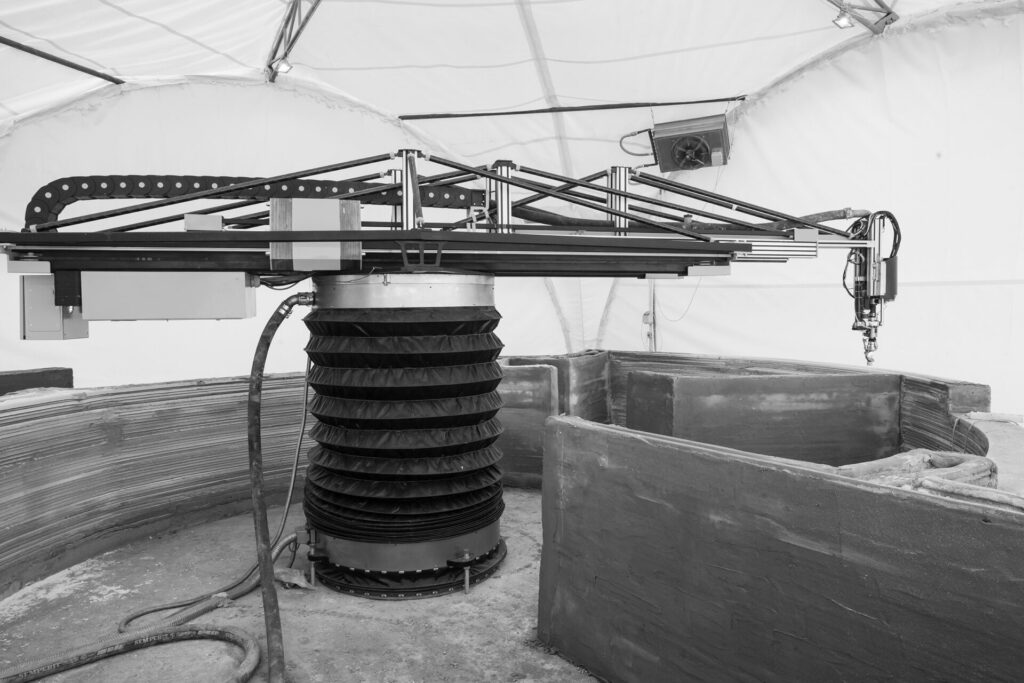
Apis Cor is the only construction company that has 3D printed walls that comply with international building codes. As Anna Cheniuntai, co-founder and CEO of Apis Cor explains, the process itself is incredibly straight forward. “It’s basically like a machine that comes to the construction site and then extrudes the material, the concrete-like material, layer by layer, creating the desired shape for building directly on site.” Furthermore, Cheniuntai claims that the endeavor will lower costs by up to 30%, something they believe will be a massively positive development for the industry. “Home builders, they want to build more because demand is there, obviously, but they can’t, because they really have to rely heavily on the labor, which is limited today,” Cheniuntai said. “We see that a lot of people really like to live in the construction industry. However, now with the robots, we can fill this gap, providing more houses much quicker.”
These are not just PR statements, however. Companies working to promote the use of automation in construction have statistics to back up these claims. Intelligent City, a leader in innovative urban housing based in Vancouver, uses robotic automation on its prefabricated modular homes. The result of these projects is astounding; 15% greater production efficiency, 38% faster completion, and 30% waste reduction. Given that the evidence is there right before our eyes, the question is, how long before this becomes standard?
Construction is one of the oldest trades on the planet. We have been building as long as we have existed, and it goes without saying that the industry has adapted to change from time to time. While concerns around automation may contain a semblance of fact, the evidence is gradually showing that this fear is largely unfounded. Technology now exists that can make our jobsites faster, cheaper, and safer. Robots, printers, and drones are not here to take our jobs. In fact, these technologies will ensure than our jobs are more sustainable. If we are to move forward as an industry it seems inevitable that automation will become an industry standard. From design right through to 3D printing, the whole spectrum of skills can be supported through innovative machinery. What this ruling in Montana shows is that the industry is finally taking steps to making these futuristic technologies an everyday occurrence.









